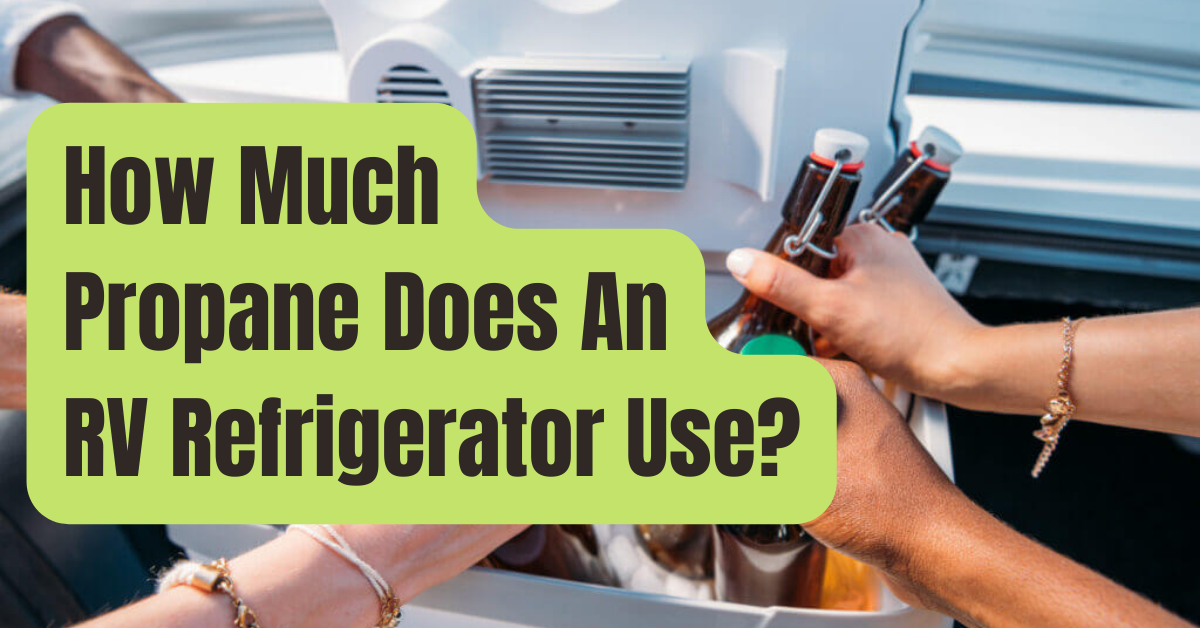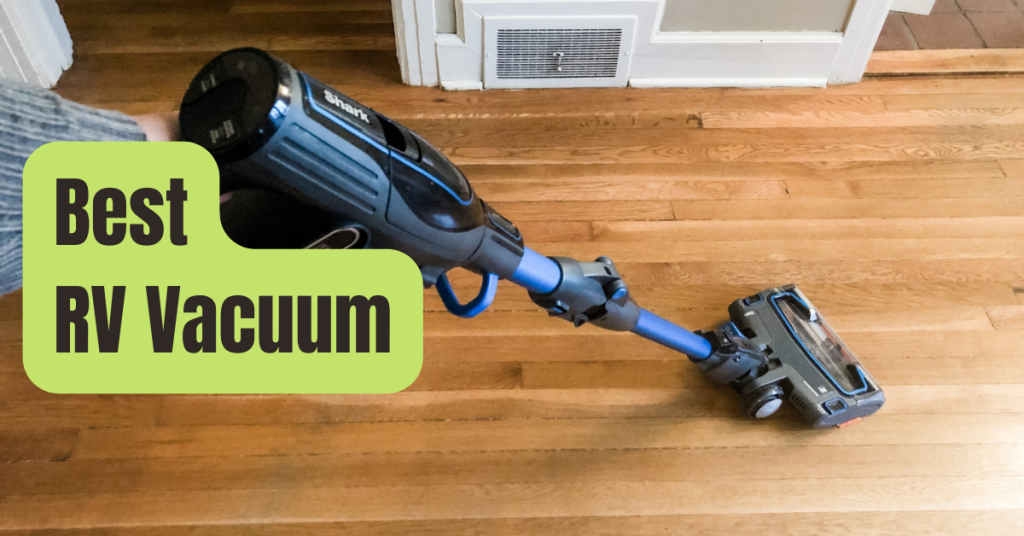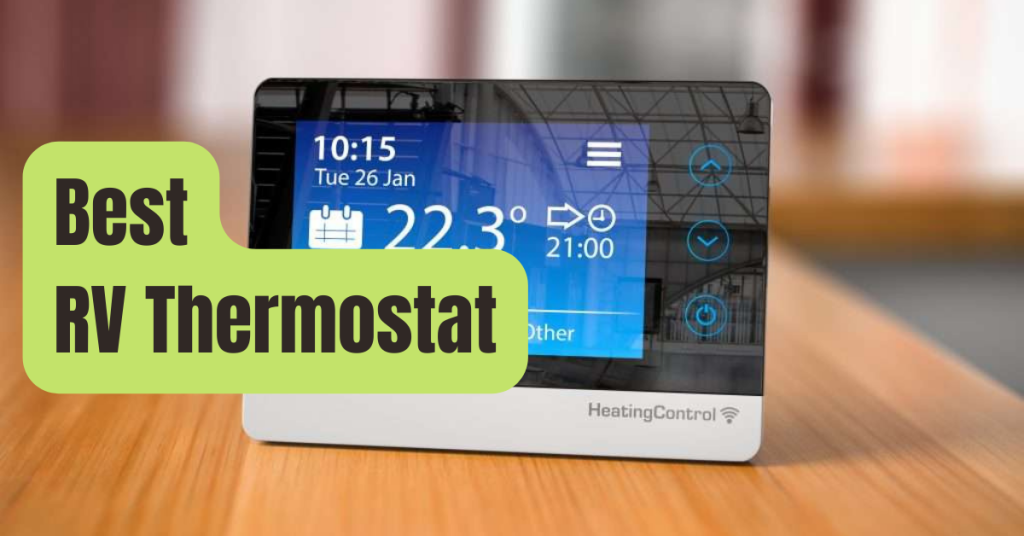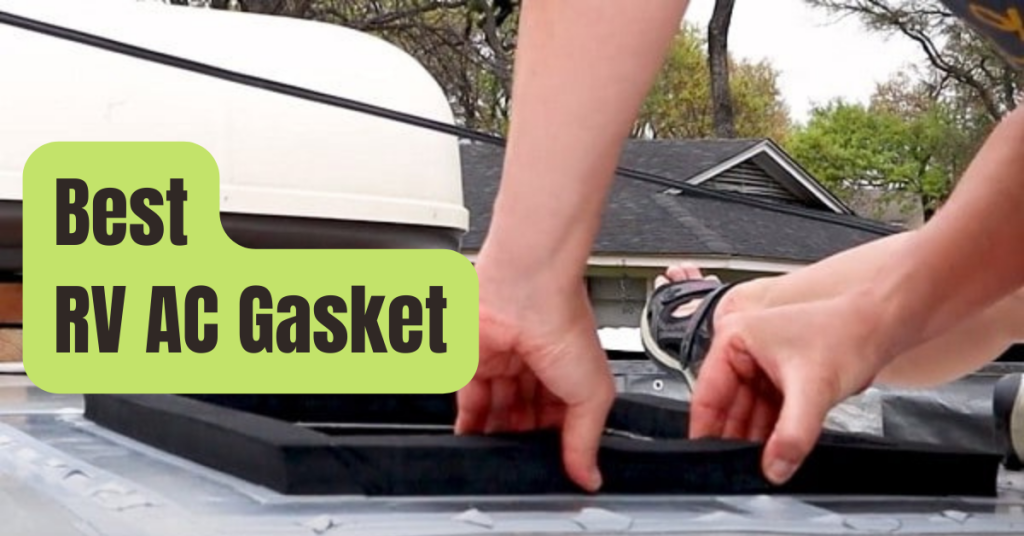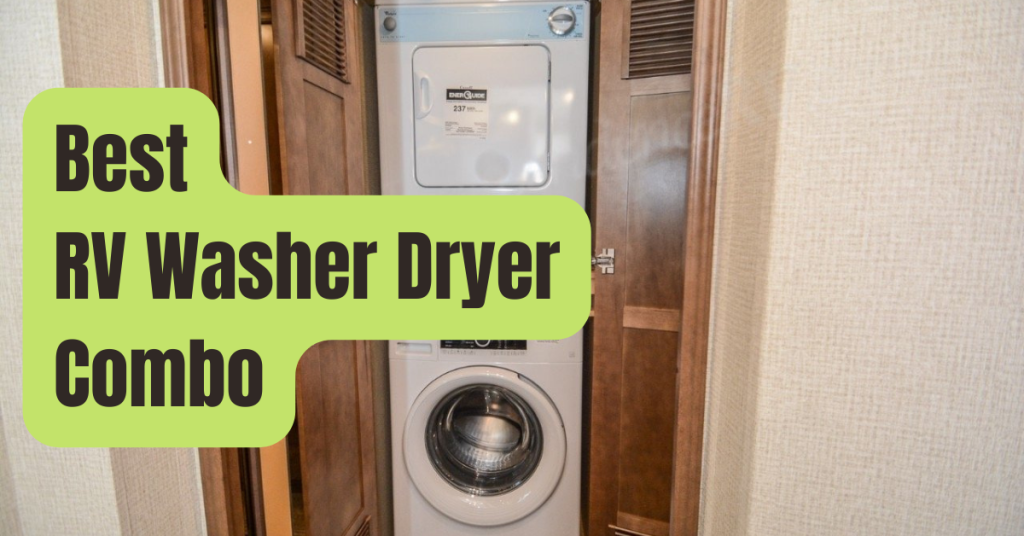Sometimes you want to use your RV to go near to nature, or you just want to splurge away from the conveniences of an RV park.
This necessitates not only carrying everything you need, but also maintaining the freshness and temperature of items like food and drink.
Many RV manufacturers provide built-in refrigerator units that can operate on both power and gas to address situations like these.
You may be wondering how much propane an RV refrigerator really uses after reading this.
The size and age of the refrigerator in your RV will determine how much propane it uses.
A contemporary RV refrigerator with an interior capacity of 10 to 12 cubic feet would typically use 1.5 pounds of propane per day.
This is equivalent to around 1,400 BTUs each hour.
The operation of your RV refrigerator might also be impacted by a few additional variables.
This post will examine the numerous methods you may increase the efficiency of an RV refrigerator as well as how it operates more closely.
This also contains advice on how to keep your RV refrigerator in good working order as well as suggestions for enhancing your available cold storage space with things like careful cooler management.
How Does a Refrigerator in an RV Operate?
You must comprehend how an RV refrigerator functions before you can correctly optimize it.
The refrigerator in your home’s kitchen differs from this one in a few key ways.
“Absorption Refrigerator” is the name given to RV refrigerators.
An RV refrigerator employs a mixture of hydrogen, ammonia, and water to generate a strong evaporation effect, while your home’s refrigerator uses compressed freon to chill the inside.
This fluid solution passes through a percolator pump while it is heated by an electric element or a propane flame, which causes hot ammonia to vaporize.
The water is then returned to a particular kind of built-in boiler.
The vapor travels to a condenser where it effectively releases heat into the surrounding area.
Currently, liquid ammonia is being drained into an evaporator along with hydrogen gas.
The interaction between the liquid ammonia and hydrogen gas results in a complex vaporization process.
To keep things cool, this effectively absorbs heat energy from the inside area.
The ammonia then dissolves back into the water as the hydrogen-ammonia combination drains into an absorber chamber.
The hydrogen gas is then discharged back into the evaporator at the same time.
Essentially, this is a new beginning for the process.
Your RV’s absorption refrigerator uses a curious chemistry and heat transfer technique to convert electric or propane heat into a cold environment for perishable items.
Setting the refrigerator to run on propane while you are RV camping off the grid can lessen the load on the onboard generator or the 12 volt battery system.
How Much Propane Does A Refrigerator That Absorbs Use?
Thermally, more recent RV refrigerators are often more efficient.
Of course, the demand for energy as a whole rises with size.
A contemporary RV refrigerator with an interior capacity of 10 to 12 cubic feet would typically use 1.5 pounds of propane per day.
This is equivalent to around 1,400 BTUs each hour.
The performance of the RV fridge may, however, be affected in several ways.
The combustion efficiency of newer units is higher, which increases safety and lowers vented pollutants.
Some RV enthusiasts who like making a spectacle of themselves would even equip their vehicle with a dual fuel generator that also burns propane.
The amount of electricity and propane your RV refrigerator uses may also be significantly influenced by other variables, such as how often you open and close the door.
What Are Some Ways I Might Cut Down On The Propane My Rv Refrigerator Uses?
There are several strategies to handle energy efficiency.
Try one or more of the following items if you’ve discovered that your RV refrigerator is using more propane than normal.
#1. Keep Up With Regular Maintenance
Regular maintenance will make the item operate more efficiently, just like any other device in your house or RV.
Additionally, it aids in identifying problem areas so that you may fix them before they worsen into a much bigger issue.
Watch out for corrosion, rust, and leaks.
Keep an eye out for soot accumulation close to the propane exhaust vent.
This can indicate a system with ineffective combustion.
Simple things like a buildup of dust and spider webs might begin to affect the ventilation of the system.
#2. Verify That The Refrigerator And RV Are Properly Level.
On level ground, absorption refrigerators operate most efficiently.
This is mostly attributable to the cooling system’s fluids being fed by gravity.
The process of internal fluid cycling may be slowed down by parking your RV on uneven ground or by the refrigerator itself not being level in its mounting location within the RV.
An absorption RV will become increasingly inefficient and more prone to have a serious mechanical problem the longer it is allowed to run in an unlevel state.
When in doubt, use a hand level to verify the level of the RV refrigerator and the floor as well.
#3. Include A Few Battery-Powered Cooling Fans
The refrigerator in your kitchen contains a fan that keeps the compressor’s interior parts cold.
The process of heat exchange might be slowed down if air circulation is a problem around your RV refrigerator.
The RV’s freezer’s bottom area may use some cooling fans to aid in the thermal exchange.
In essence, the fans assist in circulating more cold air from the freezer through the refrigerator system, therefore lowering the cooling burden on the system.
You may be able to increase thermal efficiency by as much as 50%, depending on how your refrigerator and freezer are organized.

#4. Reduce The Temperature Setting When It’s Cold Outside.
An RV refrigerator is more susceptible to the temperature of the outside air than a domestic refrigerator.
You may reduce the refrigerator’s setting with minimal effect on interior temperature if you’re camping in the spring, autumn, or winter and the camper’s ambient air temperature is lower than usual.
#5. Run The Refrigerator In The RV Before Packing It.
It takes some time for an absorption refrigerator to completely chill down.
Give it a good 4 to 6 hours to run before loading it up with food and other cold things if you’re preparing to embark on a vacation.
#6. Pack Cold Foods In The Refrigerator First
The coldest things should always be packed first, even after the RV refrigerator has been pre-chilled.
The system’s thermal load will be further decreased as a result.
To assist lower the temperature even further, you may put cold packs on the shelf if you have the extra space.
Another occasion like this might be a good opportunity to place a tiny battery-powered fan inside the freezer.

#7. Check That The RV Refrigerator’s Rear Isn’t Blocked
The majority of RV absorption refrigerators exhaust heat energy out the back.
As hot air exits the refrigerator, cool air is likewise drawn in via the bottom vent.
The airflow at the rear of the refrigerator might be severely hampered if anything is preventing or restricting it.
It’s completely likely that something dropped behind the refrigerator by mistake during transport and blocked one or both of these crucial airflow dynamics.
The wall behind the RV may also be a consideration.
There may be a back minimum for some RV refrigerators.
The needs can be altered if you installed a new refrigerator, and there might not be enough airflow to completely support the heat exchange procedure.

The Best Ways To Use Coolers To Supplement Your RV Refrigerator And Save Propane
Your refrigerator probably won’t be large enough to contain all of your perishable food items if you want to camp off the grid with your RV for a lengthy period of time, perhaps a week or more.
Even if you can fit everything within, the efficiency and general airflow will likely be impacted by the airflow inside.
You may keep items cold without overtaxing your refrigerator by using one or two high-quality coolers to supplement its cold storage.
This is an excellent approach to guarantee that everyone has access to chilled drinks or sauces.
The frequency with which you must open the refrigerator to allow old air out will be decreased if you store basic daily-use products in a cooler.
It is preferable to utilize ice blocks or substantial ice packs rather than ice cubes when assembling a cooler.
An ice block’s cool density and less surface air will aid to halt the melting process.
Compared to a basic bag of ice cubes, it may help the cooler remain chilled for days longer.
If all you can get on the road is ice bags, stack them on top of the food and beverages without breaking them up.
Purchase An Electric Cooler.
On the market, there are various 12V coolers that use electricity.
The internal ice is supplemented by their own built-in cooling system, which is easily plugged into the onboard electricity.
This aids in preserving the cooler’s coldness.
This is a terrific alternative if you want to have a large first-night celebration supper or if you want to save food items that you want to consume early in an off-grid holiday.
You may then swiftly pack the refrigerator or repack the cooler.
Conclusion
A fun invention is an RV absorption refrigerator.
Like any piece of technology, its performance and durability may be greatly improved with some simple maintenance and considerate usage.
Allow it to cool before loading, pack it carefully, maintain it level, and pay attention to ventilation.
These simple suggestions can help your RV refrigerator use less gas while keeping your perishable food items at a comfortable temperature.

